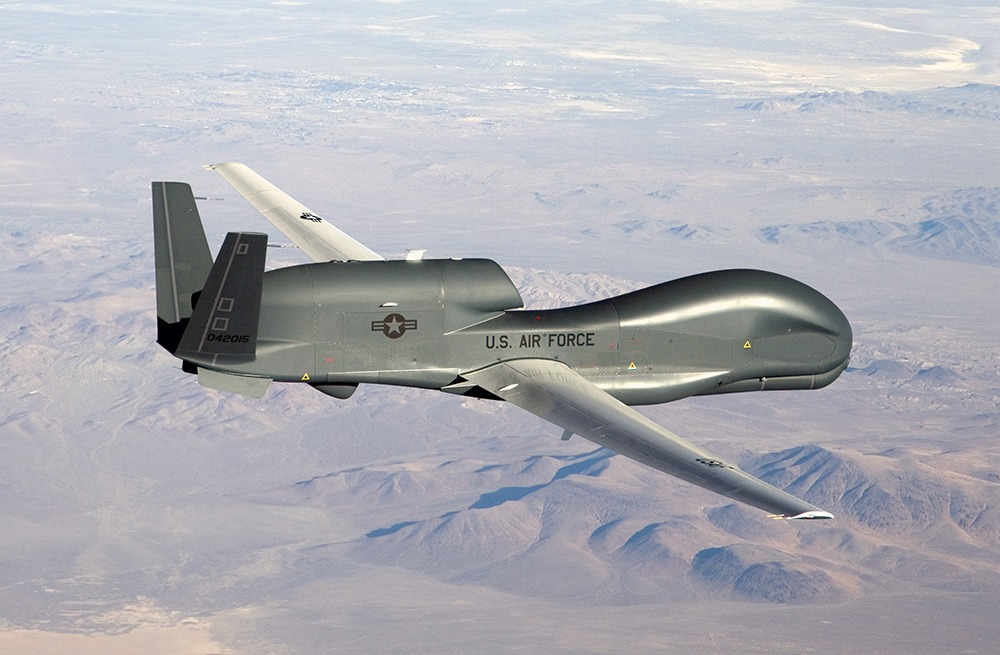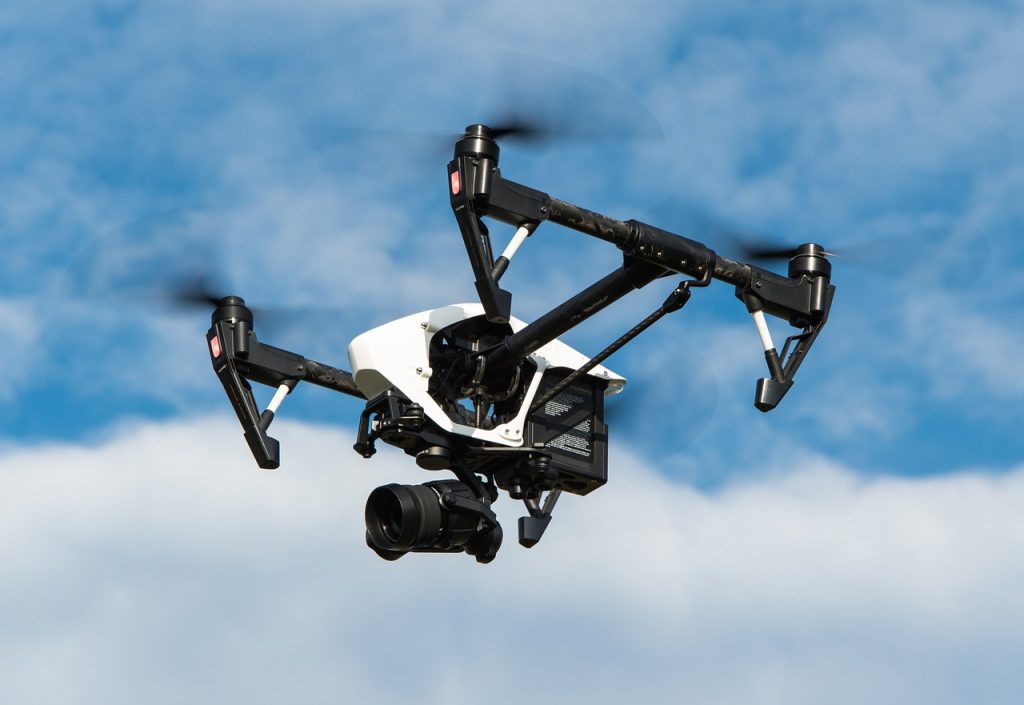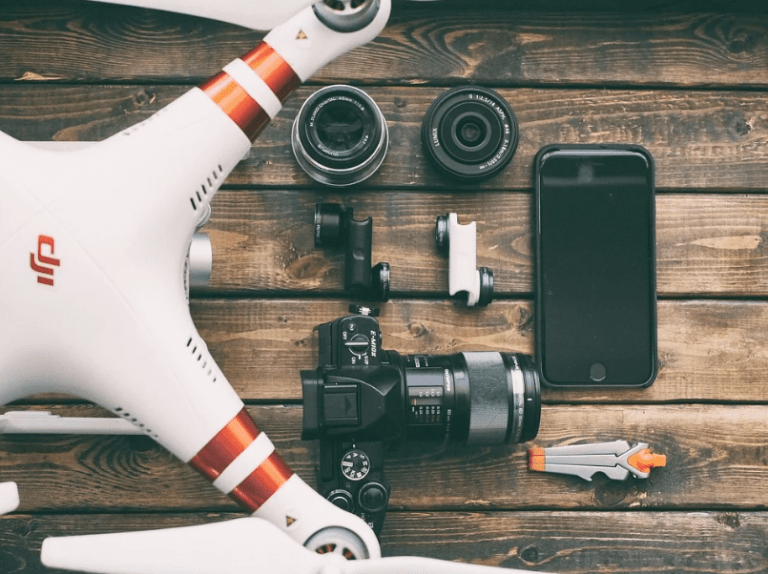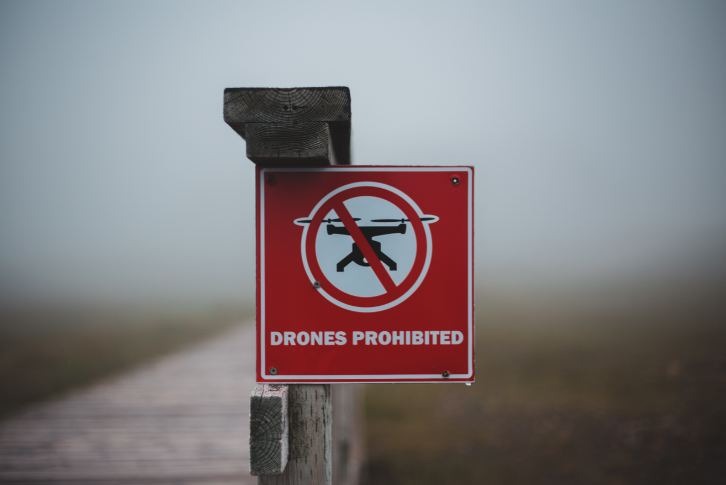What Are Autonomous Drones
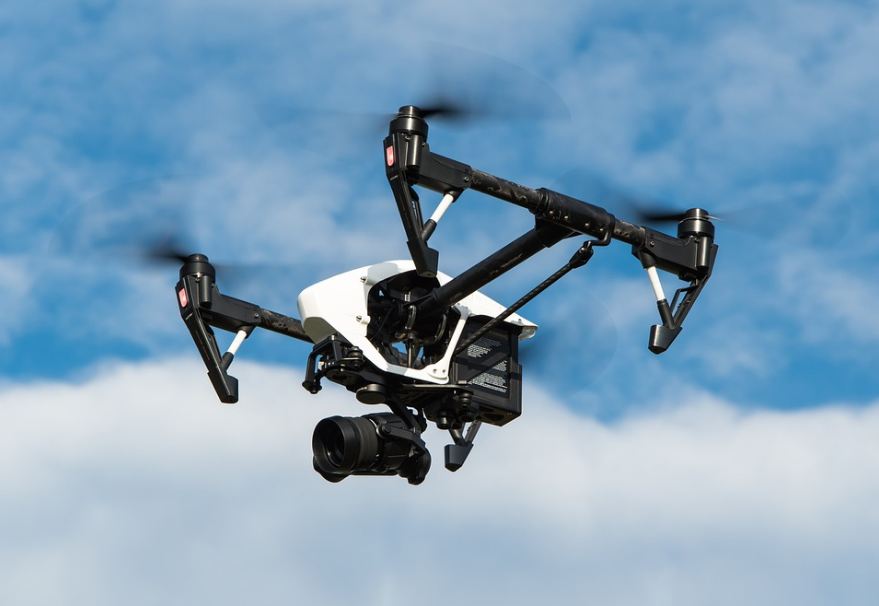
An Unmanned Aerial Vehicle or commonly known as a drone is an aircraft without a human crew, pilot, and passenger on board. They are a part of an Unmanned Aircraft System (UAS). There are further ground controllers and UAV communication systems. The flight of the UAV or Autonomous drones might be controlled by a human through remote control, known as Remotely Piloted Aircraft (RPA).
Varying from degrees of autonomy, they can be fully autonomous that operate without any human intervention. Drones were originally developed in the 20th century for military purposes or missions. By the 21st century, they became an essential asset for military personnel. Over time, the control technologies improved and the cost was reduced, their use spread to non-military applications. Now drones are used for aerial photography, agriculture, product deliveries, science, police and surveillance, drone races, infrastructure inspections, etc.
What Are Autonomous Drones
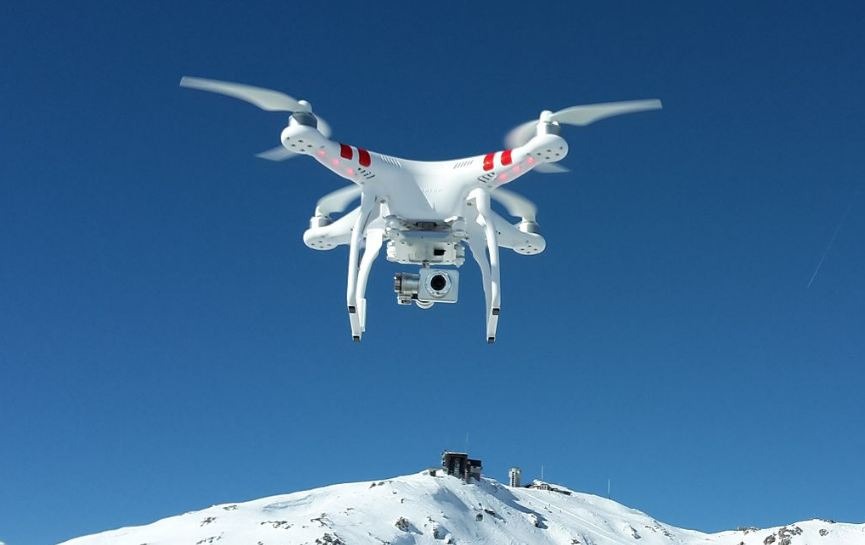
An autonomous drone can perform a flight in complete safety without any intervention of a pilot. Autonomous drones are programmed with artificial intelligence. it enables them to deal with all kinds of unpredictable or unforeseen emergencies. Autonomous drones are different from automatic operations where the drone travels a predetermined route that is defined by the drone operator.
Automatic drones are controlled by a remote pilot to intervene in the event of unforeseen events. They are not programmed with AI to operate on their own. Automatic drones are allowed in all categories, whereas, autonomous drones are not allowed in an open category. Autonomous drones need a level of verification of compliance with technical requirements. These requirements might not be compatible with the system set up for the open category.
On the other hand, stand-alone operations are allowed in the specific category, where the regulation includes a sufficient flexible tool. This verifies the requirements of the appropriate level of robustness. Also, autonomous operations are allowed in the certified category.
Control Systems of Autonomous Drones
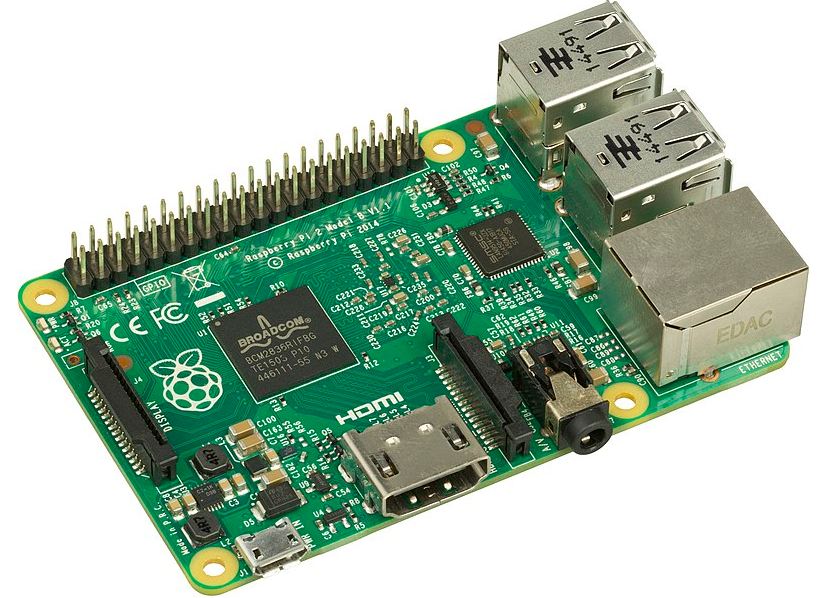
The computational capabilities of drones have kept pace with the advancements in computer technology. Computer technology starting from analog controls and evolving to microcontrollers, systems on chip (SOC), and single-board computers (SBC). System hardware for small autonomous drones is often referred to as flight controller (FC), autopilot, or flight control board (FCB).
Sensors
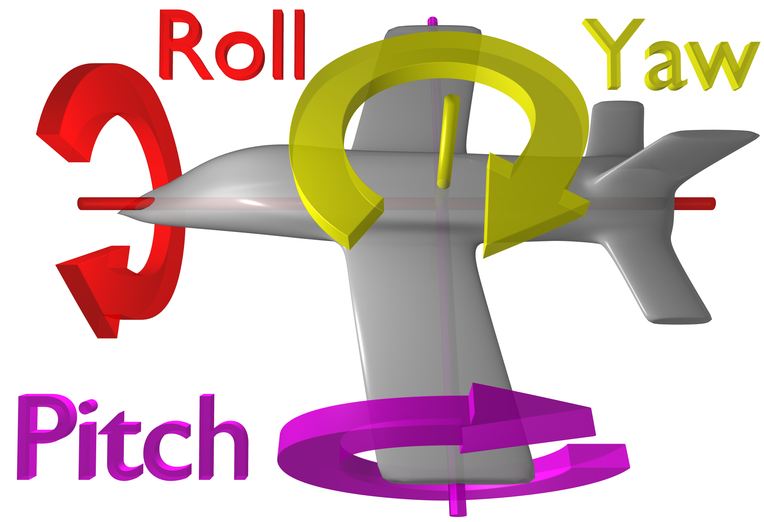
Motion and position sensors provide information on the condition of the aircraft. For external information, Exteroceptive sensors give information such as measurement of distance. On the other hand, ex-proprioceptive sensors correlate the external and internal conditions of the autonomous drone. In autonomous drones, non-cooperative sensors help the drone to target autonomously while ensuring separation and avoiding collisions.
Degrees of freedom (DOF) refers to both the quantity and quality of sensors on the autonomous drone.
[wptb id=1133052]
Actuators
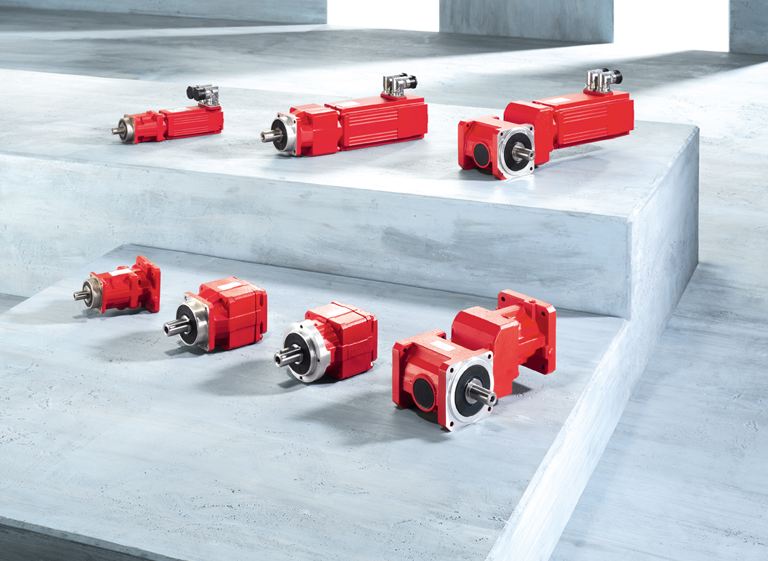
Autonomous actuators are having digital electronic speed controllers. They are used to control the speed of the engine, motors, or propellers. On the other hand, there are servo motors for payload actuators, weapons, speakers, and LEDs.
Software
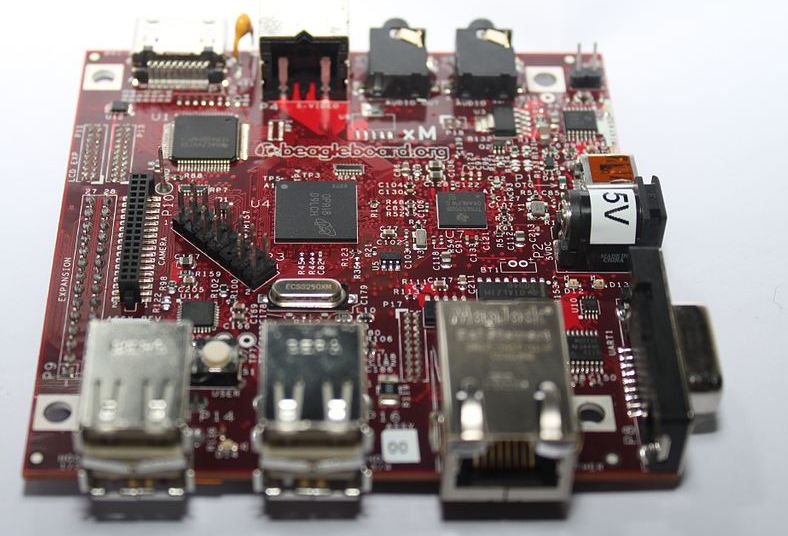
UAV software is called autopilot or flight stack. The flight stack is to obtain the data from the sensors, facilitate ground communication, controlling the engines to ensure stability, mission planning, and much more.
Autonomous drones are real-time systems that require a rapid response to changing data from the sensors. autonomous drones can rely on single-board computers for their computing needs. Examples of single board computers are:
- Beagleboards
- Raspberry Pis
These can be armored with:
- PXFMini
- NavIO
Or they can be designed from scratch like:
- Xenomai
- NuttX
- Preemptive-RT Linux
- Orocos-Robot Operating System
- DDS-ROS 2.0
Flight Stack
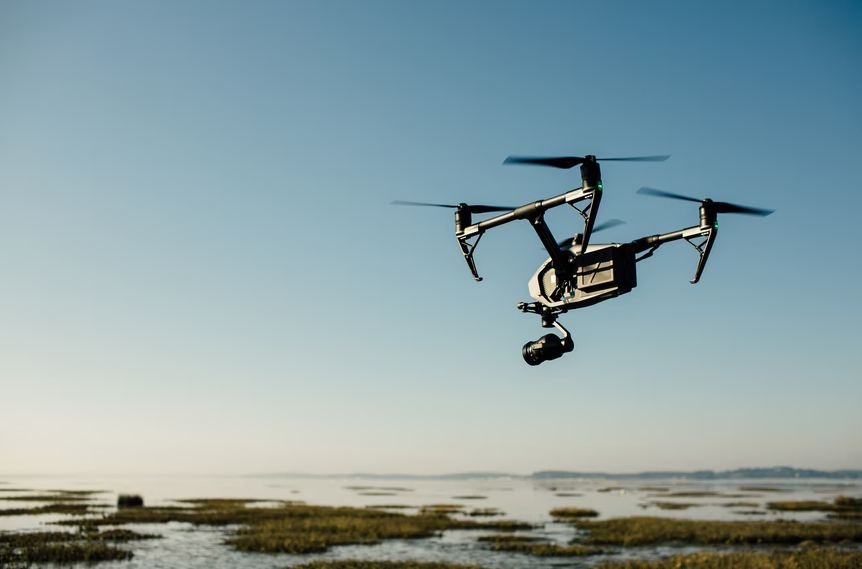
[wptb id=1133053]
Autonomous Features
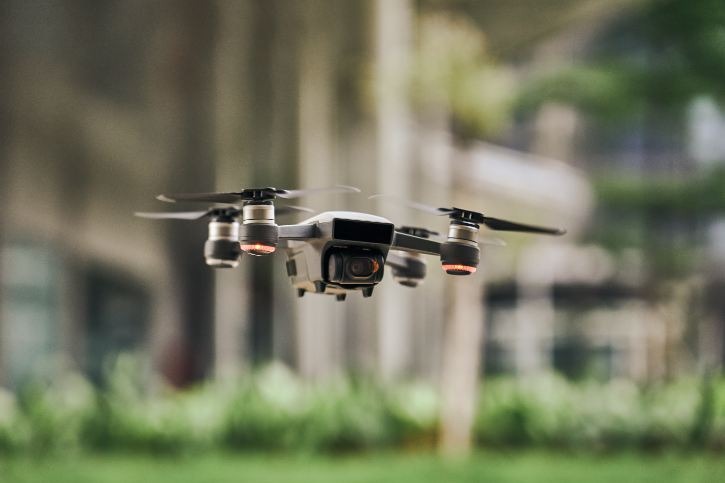
The autonomous drones are having some autonomous operations by manufacturers. They can vary from model to model but most of them will be having common autonomous features.
[wptb id=1133054]
Applications of Autonomous Drones
Shipping and Delivery
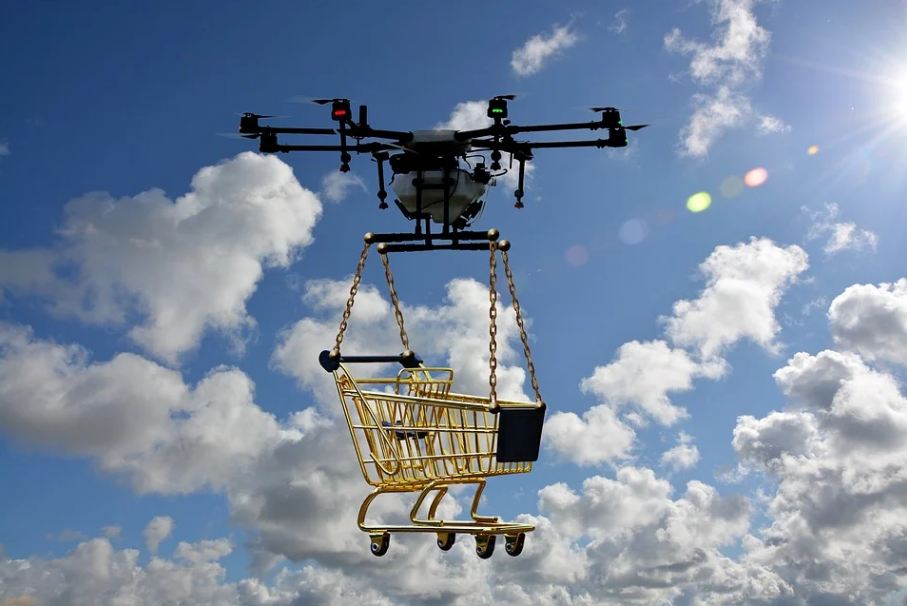
Companies are now in favor of drone delivery such as DHL, UPS, and Amazon. It is because the drones save a lot of work and move the unnecessary road traffic across the sky. Also, they can be used for smaller distances such as delivering drinks, medicine, letters, food, or other small packages.
Geographic Mapping or 3D Mapping

Drones are available to hobbyists and professionals. They can acquire high-resolution data and get images of hard-to-reach places like islands, mountain peaks, coasts, etc. Also, autonomous drones are used to create 3D maps and contribute to multi-source mapping applications.
Law Enforcement
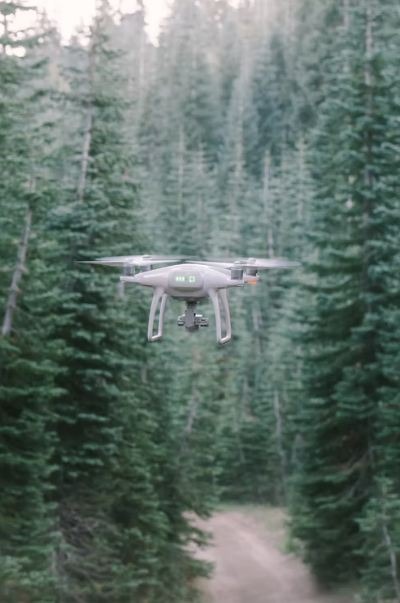
Autonomous drones are now used to enforce the law. It helps in the surveillance of large crowds while ensuring public safety. Also, they help law enforcement organizations to monitor illegal activities around the city. On the other hand, border patrol uses drones to monitor the transport of illegal drugs being transported across the coasts.
Search and Rescue
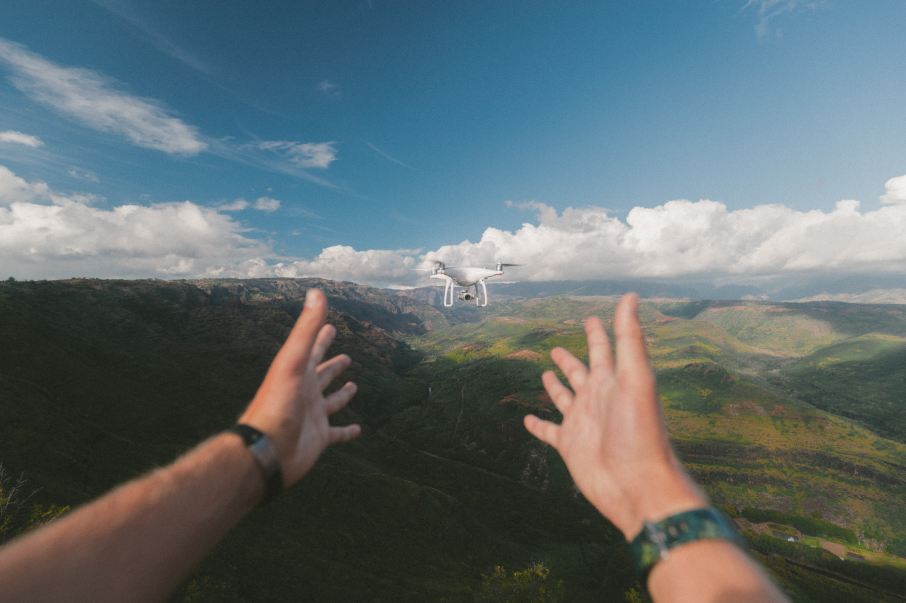
The drones get night vision from the thermal sensors. As a result, they can discover the location of unfortunate victims or lost people. Autonomous drones are used in difficult conditions where there is difficult terrain. If the rescue team cannot reach them, the autonomous drones will provide supplies to the lost people until the rescue team comes in helicopters.
Autonomous Drones – A New Way of Data Collection and Monitoring
Autonomous drones are capable of performing fully automated missions. They are now being used to conduct on-demand tasks where they fly to the targeted location and collect aerial data. It has improved the security purposes and visual data in some of the complex industries. On the other hand, autonomous drones have reduced the cost of monitoring, human workforce, and much more.
Autonomous drones are now capable of 24/7/365 operation mode. It makes them useful for different applications such as law enforcement, search and rescue, 3D mapping, and much more.
